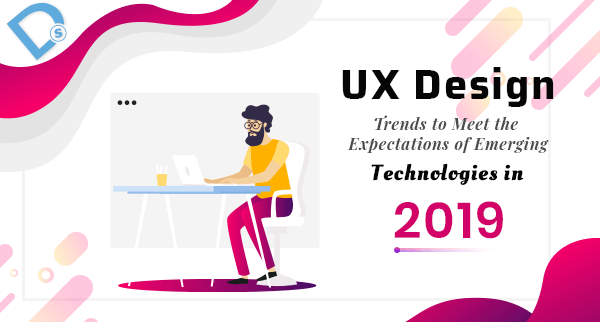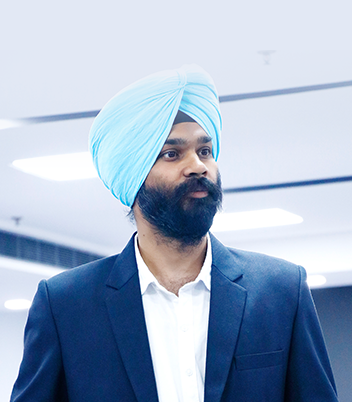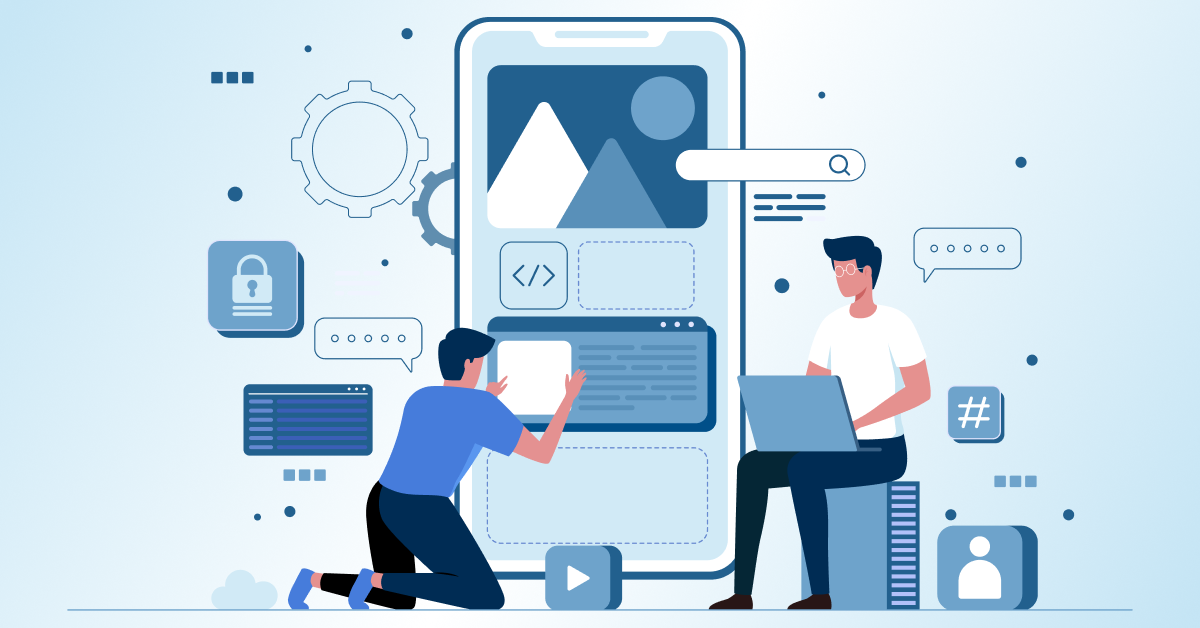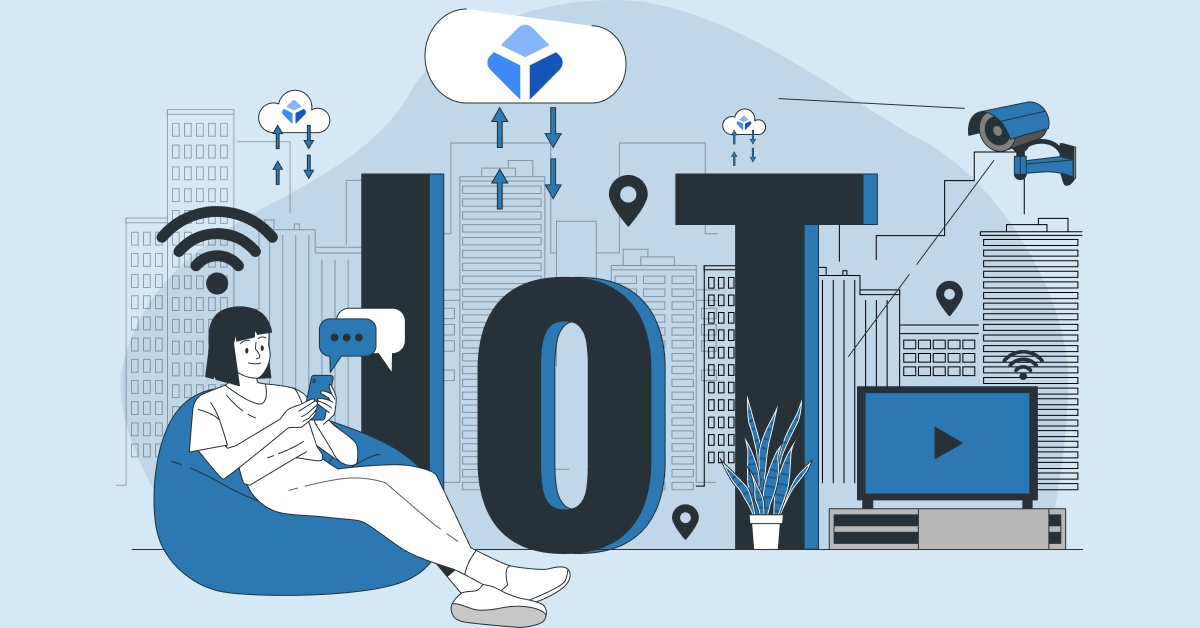
7- UX Design Trends to Meet the Expectations of Emerging Technologies in 2019
-
By Paramjit Singh
-
18th January 2019
Every year, we look forward to embracing the new trends in the rapidly changing technology sector. Ever since the evolution of smartphones, the UX and UI designs have become more significant. It is vital for UX designers to adopt changing trends continuously. In 2019, the latest technologies like voice-based technology, virtual reality, and the internet of things (IoT) will continue to impact UX design strategies.
Some of the upcoming designing trends which are going to rule in 2019 are:
Adaptation of Voice-Command
Voice-command technology will modernize the way we live, and the industry is forecasted to cross the worth of $20million by 2020. From the rise of smart-home devices such as Google Home or Amazon’s Alexa to virtual assistants such as Apple’s Siri, playing music and keeping up-to-date with the news through the power of our voice has made an easy way to our homes.
When voice command searches started taking a boom in 2018, the intent was to achieve search engine optimization (SEO) hike by answering long voice-command queries rather than short keywords which are commonly used in text search.
The year 2019 has already adopted advanced customization and navigation by implementing voice-command technology empowered by short voice messages to meet digital marketing targets. The big companies have already started these practices, but it is advisable to consider voice activation capabilities in designs. The UX and business strategies to approach customers and search engines are going to be modified.
Impact of Latest Technologies on Design
The entire IT infrastructure is emphasizing on the upcoming technologies like the internet of things (IoT), Discrete Interactions, and Gestural Designs which will significantly impact UX design strategies.
The new software to capture human trust and assurance is designed. The digital experiences will be growing to imbibe IoT in our daily lives. The human interaction with the marketing data is going to be limited. To develop UX Design in 2019, discrete communications and gestural design will take the lead as emerging techniques.
Device-Agnostic Design
Last year in 2018, the UX designers were struggling to develop a “Mobile First” approach, but in 2019, the expectation bar from designers has even gone up adapting device-agnostic designs that will take center stage.
The need to develop UX designs which can be used on a smartphone, smart devices, laptop, tablets, and other multi devices is the next challenge before UX Designers.
To a typical user, a digital interaction merely is access to a system that is providing a service — for example, a buying experience on the internet.
But 2019, is talking about unified continuous interaction where the application crosses more than one platform but the user doesn’t feel any changes. Usually, we are combining two interfaces at present. An android or iOS application can be used using the voice command system and can return to previous access easily. But in the future, we will be designed in such a way to interact with many platforms.
Paradigm Shift from Flat to Material Design
Flat designs embrace 2D illustrations resulting in clean, open and crisp edges designs using bright colors or a combination of attractive colors.
On the other hand, the real designs use grid-based layouts, responsive animations, and transitions and padding. In 2019, we will see more of material designs as compared to flat designs. The significant difference to a UX designer will be as:
Flat Design uses 2D animations with a minimalistic feel while material design uses 3D animations, shading features, and light features
Flat design can be a simple layout, but a material design requires expertise in displaying UI along with advanced level user needs.
The introduction of textures and patterns to flat design add additional depth and bring products to life while a rise in the use of animations can be seen using material designs which will increase user interactivity and ‘liveliness’ of a product’s design.
Flat designs are unique designs for multi-device experiences to increase user connectivity and customization where the real plans are precious regarding providing user trust and security to the applications.
A Content-Based Approach
The UX designers are working toward achieving the ability to tell a compelling story around a digital experience because a need to move a step ahead of knowing the customer’s nature is felt. It will have no use of recognizing the demand of customers if we fail to deliver the required experience. The smart customers have become aware of most of the marketing strategies.
The latest way of marketing is storytelling. The process is based on empathy, human connection, and an understanding of the motivations and inspirations for a user. To do this, it’s essential for UX Designers to obtain data as per the customer requirements. This is a necessity as the customers are responding to long calls only and in future, the direct marketing tactics will no more work. For example, if you are trying to sell a T-shirt through an app, people would be least interested in browsing a simple ad, but if you are showing its making through a video or some graphics textures, the user will take an interest. They won’t even see the package deal. In 2019, storytelling will be a prominent designer trend which will change the practices of UX designers.
Live Video and Video Ads
Video leadership is likely to grow by 85% in the year 2019. Hence the screen optimization will be the next challenge before UX designers. The AR or VR techniques are going to be used to fit audio, video, and text in one file to keep the customers, well informed, engaged and entertained. The gesture preferences and use of AI in designing will play a vital role.
The expectations from the UX designers to implement technologies such as Augmented Reality (AR) or thought-activated design, will take the designing standards to go beyond screen-only interfaces to include physical interactions and micro movements. The work of UX Designers will not be limited to design solutions that will provide information to users in a systematic appealing way somewhat they will be extended to catch users next query movements or to catch the behavior by capturing page movements.
Last year, many companies tried to implement AR applications, mobile companies like Apple are taking the lead.
Augmented Personalization
The customers are expecting more from their brands. For example, they want the online shopping experience to be combining their likings on multiple social media and other websites connected with the customized order placed on other online store combined with delivery in 24 hours taking your personalization experience to the next level, Therefore a demand to create social proof to improve the overall branding is becoming the necessity.
The advanced technologies can bridge the gap between smart devices and the humans experience to buy digital products and services. In whichever way you are approaching the customers, a lot has to be changed when it comes to UX designs in 2019.
To sum up, we can say that delivering exceptional human experiences will not only increase the demand for UX Designers, but the need may be felt by psychologists, researchers, and other specialists to design a process which can bring all the above-discussed concepts into reality. Let’s begin making a difference in UX design from 2019 onwards!
Recent Articles

Paramjit Singh
 18th January 2019
18th January 2019




